Common oral conditions for older adults
According to the Centers for Disease Control and Prevention (CDC), by 2060 the number of US adults aged 65 years or older is expected to reach 98 million, 24% of the overall population. This is a growing demographic in the United States.
Being disabled, homebound, or institutionalized (e.g., seniors who live in nursing homes) increases the risk of poor oral health. The ability to access routine professional oral health services, have proper oral health education, and daily oral hygiene are all essential factors related to improved oral health. Older adults may also have potential physical, sensory, and cognitive impairments associated with aging that may make home oral home care and communication challenging.
Below are common oral conditions that older adults often encounter.

|
 |
| Cavaties | Gum Disease |
- Tooth Decay can occur on different surfaces of the tooth. Older adults are at an increased risk for root caries because of both increased gingival recession that exposes root surfaces and increased use of medications that produce dry mouth. There is also a high prevalence of secondary cavities on the top of teeth, likely related to the prevalence of restorations in the older population.
- Gum Disease is common in the aging population. Many times, the older adult may have bone loss or receding gums, which makes a larger area for plaque retention.
- Dry mouth can impact how a person can eat, speak, swallow, chew, and smile. Saliva helps facilitate several functions and also cleanses the oral cavity, which lessens the effect of acids that can cause dental cavities. Dry mouth is a common side effect of many medications.
- Reduced dexterity and difficulties opening the mouth may occur with aging, and this reduces accessibility and ability to clean the oral cavity effectively. Osteoarthritis or rheumatoid arthritis may result in limitations in mobility. There is also a decrease in bone and muscle mass with aging.
- Receding gums exposes more grooves and anatomy of the tooth. This gives plaque more areas to hide undisrupted. With exposed root surfaces a person may experience more sensitivity, root caries, and periodontal disease.
- Mucosal changes often occur with age. The tissue becomes increasingly thin and smooth, with a loss of elasticity. The oral tissues act as a protective layer against the entrance of toxic substances and microorganisms. With age there is an increased susceptibility to pathogens, like Candidiasis (e.g., Thrush) infections and decreased wound healing.
- Missing Teeth: Tooth loss has multiple impacts on quality of well-being. When someone is missing opposing teeth used for chewing, fresh fruits and vegetables often end up being avoided. Relying on soft foods that are easily chewable results in a decline in nutrition and health.
- Chronic Disease. A report by the World Health Organization listed conditions common to older age, including hearing loss, cataracts and refractive errors, back and neck pain and osteoarthritis, chronic obstructive pulmonary disease, diabetes, depression, and dementia. Other conditions may include hypertension, heart disease, and cancer. Most older Americans take both prescription and over-the-counter drugs; many of these medications can cause dry mouth. Reduced saliva flow increases the risk of cavities.


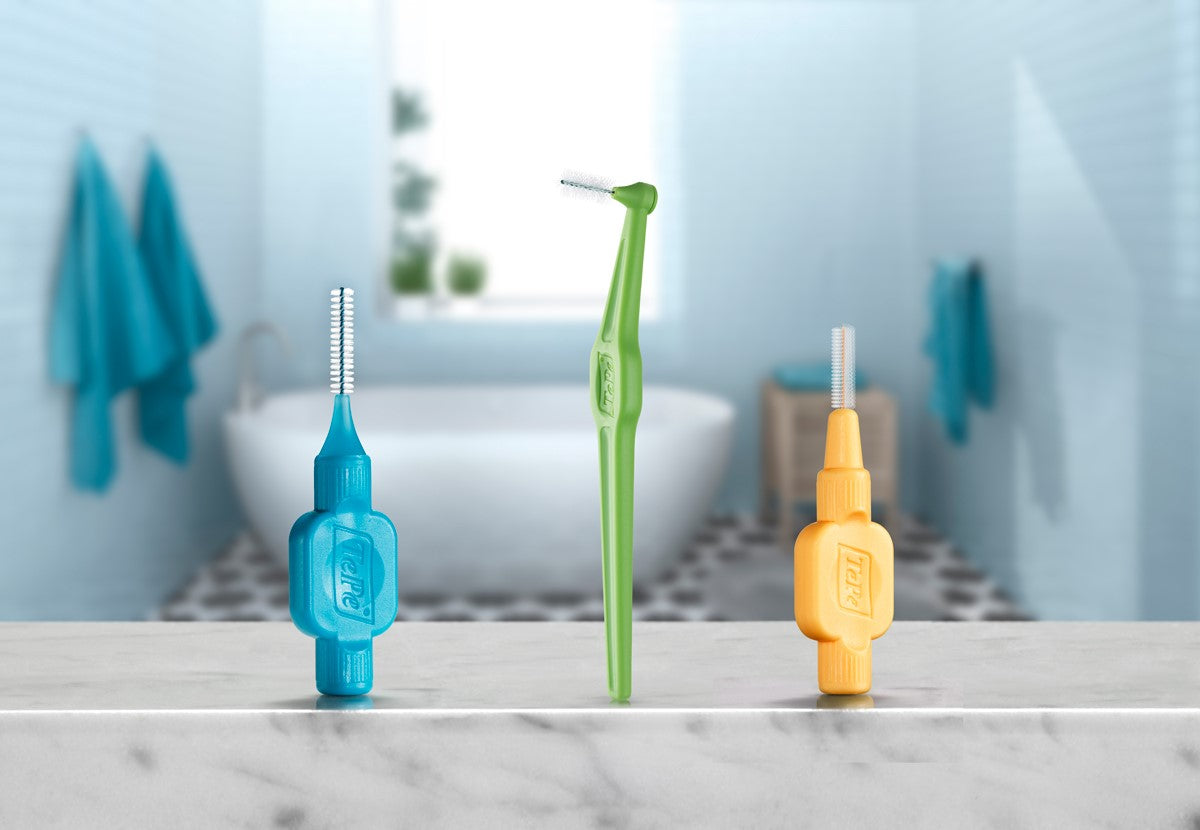
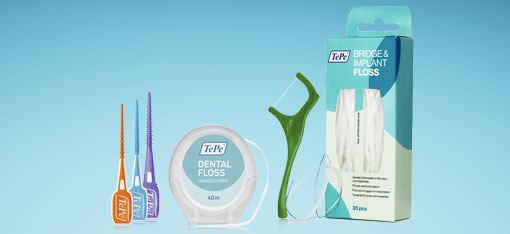
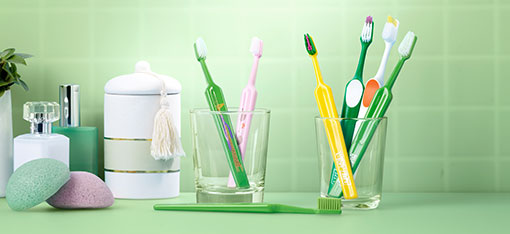
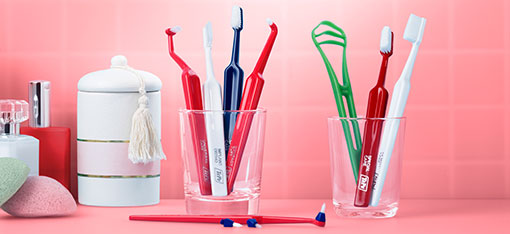
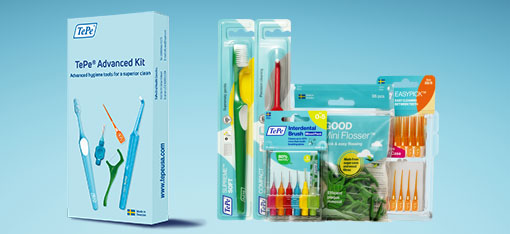




Leave a comment